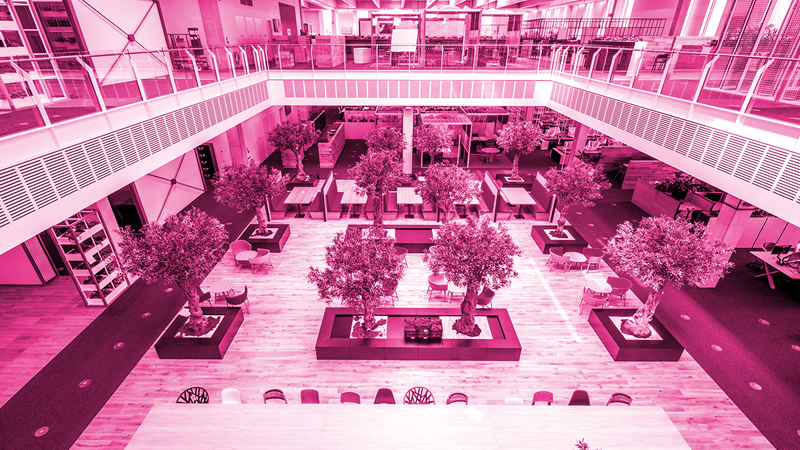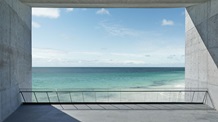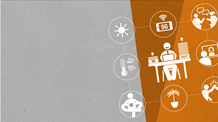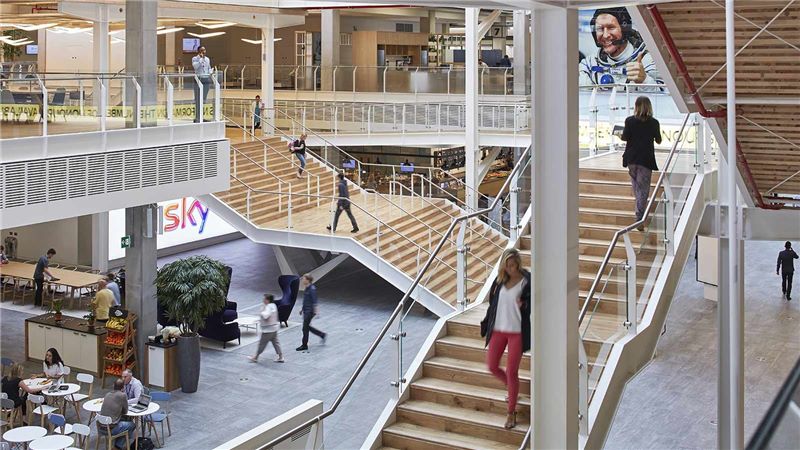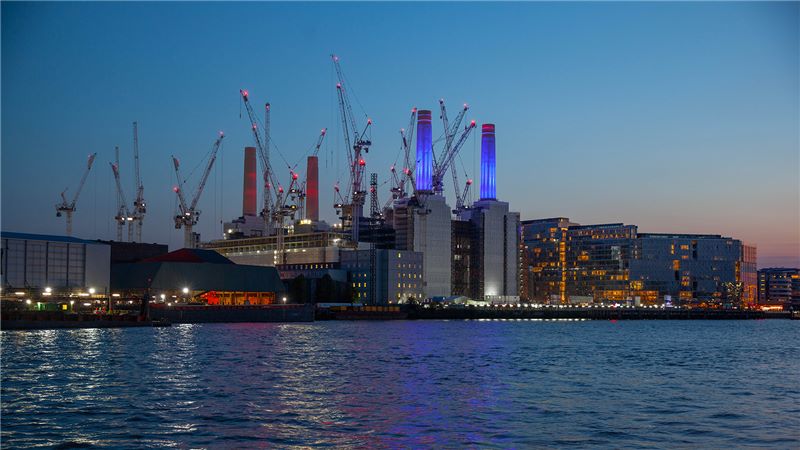The future of fit out
If you were to ask 100 people what image the word ‘office’ conjures up, 99 would paint a picture of bland walls, rows of desks and soulless meeting rooms - hardly inspiring. But what about the other 1%?
A growing number of companies are throwing creative flair into their office fit outs to offer their staff something out of the ordinary. More and more of our clients are thinking outside the magnolia box; the main reason being – the arrival of millennials.
This group of people, born between 1980 and 2000, are swarming the employment market and it’s having a huge impact on the workplace. A recent survey reported that ‘millennials tend to be uncomfortable with rigid corporate structures’ and ‘want a flexible approach to work’ which suggests that, in terms of the environment they work in, they want more than simply ‘dress down Fridays’ to express themselves.
The connection between millennials and social media is also affecting the work place. Today’s young adults have grown up with technology at their fingertips. They’re used to communicating in the moment, posting and tweeting short and snappy thoughts as soon as they occur. They’re happy to share their views widely and they expect to be listened to - quickly. But how can an office environment embrace these future leaders?
Companies such as Google, Facebook and Sky are way ahead of the game. Their response to attracting young professionals, and more importantly keeping them, is to replace the feeling of hierarchy and sterile spaces with an environment that brings people together informally; encouraging spontaneous conversations and welcoming fresh ideas.
They’re doing this in two ways:
- They want the layout of the office to force people up from their sedentary desk positions, to walk about and meet each other. Open plan refreshment areas and break out zones are removing the need for formal meetings. And flexible working areas mean that employees don’t sit with the same people all day, every day.
Even the removal of barriers that exist between different floors is becoming quite common. Over the last few years there has been a rise in the number of companies addressing the fact that their cold, industrial back staircases and lift lobbies mean that emailing colleagues is the preferred method of communication (even if it does take a week to get a reply). To get people talking, some businesses have installed spiral glass staircases in the centre of their offices, much like the ones in some Apple stores, with comfortable meeting zones around them. Now, the stairs are drawing people together. It’s simple but very effective. - These innovative companies want designs that create a relaxed and enjoyable atmosphere. They want the environment to give people permission to be themselves, so they feel confident to give their opinion rather than say what they think the company wants to hear.
The growing trend is ‘fun’, which at first glance may seem counter-productive for an office, but in reality, the front runners of this revolution have continually grown their businesses over the last decade.
There is a fine line between bizarre and brilliant so we’re now using our experience of similar fit outs to help our clients achieve the same successes. Understanding the psychology of millennials in the work place, alongside company values and expectations, is the challenge. It’s taking us far beyond replacing office furniture with beanbags and scatter cushions.
A few years ago, the very idea of installing sleeping pods and mood lighting so employees could relax was wild – now they’re becoming common place in the technology sector. In the last year, we’ve installed more games rooms than ever before and have continued to create themed, funky spaces that are a world away from the sterile board rooms of the past.
By 2020, millennials will form 50% of the global workforce. We’ve seen a rise in the number of banks, legal establishments and professional services firms who are adopting this modern day hippy vibe, but the majority of companies are playing catch-up to attract and keep the best young talent before they vote with their feet.
In a world where young people typically hide behind technology and spend less time face-to-face with friends and colleagues, are they aware that they are defining the culture of the 21st century office that encourages us to step out of our insular worlds and bump into each other? Whether they know it or not it’s happening and we all need to jump on board.









